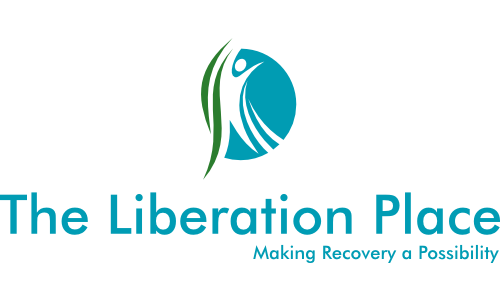The Avoidant Protector Mode
When the Avoidant Protector mode has been activated within our personality system, we either remove ourselves, or completely stay away from, the situations we are afraid of, the things we find uncomfortable, or the activities where our experience is expected to be emotionally provocative. Basically, the Avoidant Protector stays as far away from uncomfortable emotional situations, physically, as it possibly can. For example, when activated, the Avoidant Protector stays away from social functions, it doesn’t go to work or school when there’s a fear that something bad might happen, or it avoids situations that are perceived as a threat. Anything that’s likely to activate the strong emotional experiences that are attached to the personal stories associated with the dominant schema in our system is avoided.
The Avoidant protector is sometimes seen by others, and often by our own Internal Critics, as simple procrastination that can be labeled as “laziness.” In actuality, the avoidance is dominated by fear of the emotional experience that we’ll face if we participate in the situation we are desperately trying to avoid. In the long run, this particular coping mechanism can create what is known as “experiential avoidance” which is a progressive problem that ultimately strengthens our desire to stay away from more and more of these types of activities as a way to avoid the unwanted emotion they bring to our personality system. The Avoidant Protector is an extremely common behaviour mode for a lot of people, and it’s often the replacement coping mechanism when our primary and preferred way of dealing with emotion has been removed.
“When I couldn’t handle the thought of facing my responsibilities, the easiest thing to do was avoid, avoid, avoid. The only problem with this is that it became my go to behaviour.”
~Steven Morris RP
Experiential avoidance is one of the most dominant coping mechanisms people use all around the world. When we’re filled with fear about a situation, a person, or a thing, the easiest way to cope with the “anxiety” is to just avoid it. While this is definitely an effective way to deal with the situation in the short term, over time it becomes the only way we know how to deal with the fear. This usually leads to a life of isolation and loneliness that only works to intensify our desire to escape, more and more. For me, my Avoidant Protector mode came to light early on in my recovery. While it had probably been around for a long time, I had little awareness of it prior to taking on this work. Whenever there was a difficult situation on the horizon, I would use substances to “numb the pain” prior to engaging, and once I no longer had the option of using substances to cope, and an angry response wasn’t an effective option at that time, physically avoiding these situations was my next best way to deal with my fear.
Much like any of the addictive behaviours I used in the past, experiential avoidance is also a progressive coping mechanism. In that, it starts as a tool that’s designed to help me cope with a high level of anxiety or fear, which when used, works to lessen the emotion I was trying to escape from. The problem with this behaviour is now my brain knows that an avoidant behaviour protects me from these unwanted emotional experiences, so the next time I suspect this emotion is on the cards, my system is already planning ways to avoid it in order to cope. This is the creation of the Avoidant Protector and the intention that is driving this behaviour is always the same, to keep us safe from the overwhelming emotion our vulnerable child is sitting with.
"Experiential avoidance is also a progressive coping mechanism. In that, it starts as a tool that’s designed to help me cope with a high level of anxiety or fear, which when used, works to lessen the emotion I was trying to escape from."
~Steven Morris RP.
The more we use it, the more active this part becomes, and the only way to stop the cycle is to step into the very thing we are afraid of to reverse the process. This is an extremely counterintuitive behaviour to take on since we are being asked to step into what we have been running from for most of our lives. However, as far as I am aware, it is the only way to break the cycle and begin to develop the life you want to live. We have to mindfully, and gradually step into the situations and feelings we have been avoiding, validating the part that wants to escape, and bringing appreciation and gratitude for this mode of behaviour, before educating it on the need for change. Planning Ahead to Build Mastery for the thing we fear, Using the RAAVEN exercise to build appreciation for the purpose of this part, and Paying Attention to Positive Events so we can see the progress we are making are all essential for working with our parts that use this mode of behaviour.
In the PDF below you will find a worksheet to help you identify if this mode is one that you experience as a dominant way of coping with your uncomfortable and unwanted emotional experiences. Take some time to read it through, take your time to contemplate the questions before you answer them. See how relevant they are to you, and if you think and feel that this is a mode you use on a regular basis, use the skills of mindfulness to build awareness for its presence within your personality system.
Download The Avoidant Protector PDF
Follow us on Social Media





